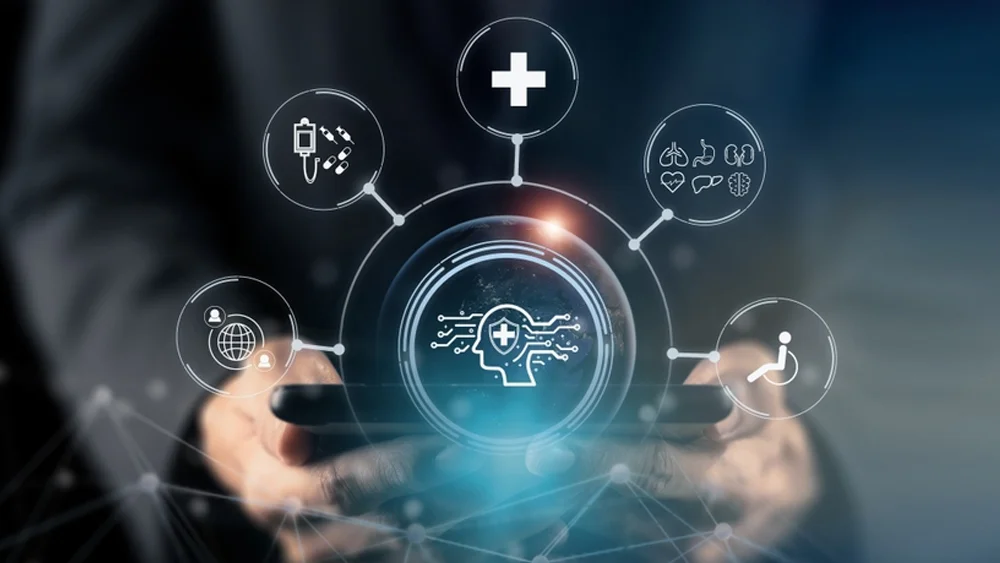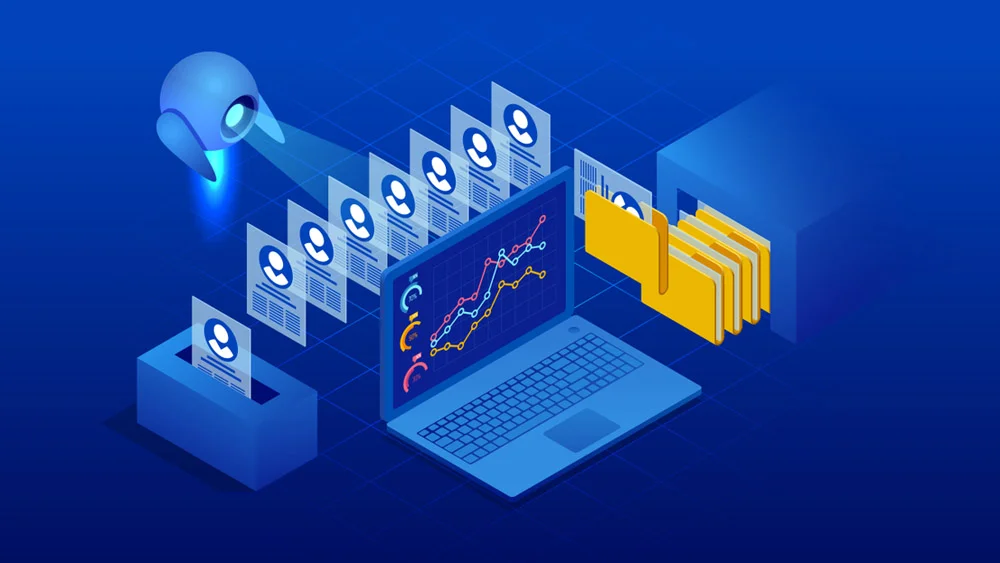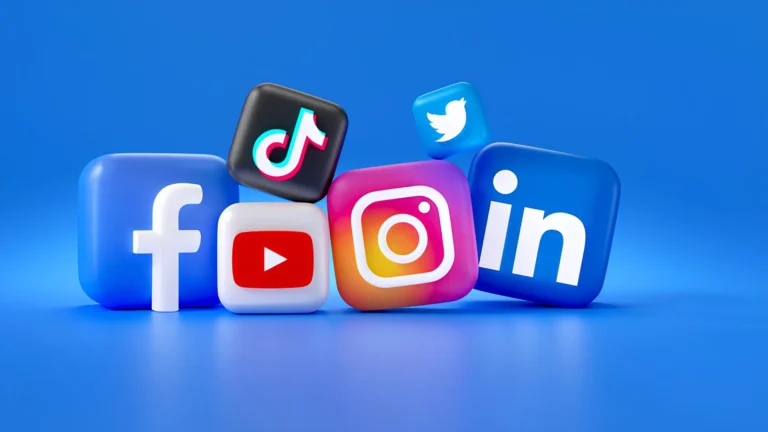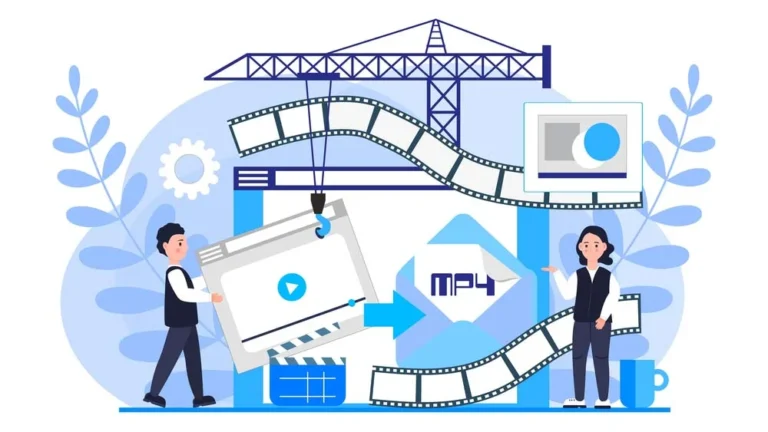The pace of technological progress often feels like science fiction has come to life, and at the heart of this is artificial intelligence (AI). From creating lifelike images with a few typed words to saving lives through predictive healthcare, AI isn’t just transforming industries—it’s redefining what’s possible. But which AI tools (game-changing AI software) are leading this charge, and how are they changing our lives in ways we never imagined?
These groundbreaking AI tools (game-changing AI software) demonstrate the extraordinary ways technology is evolving to tackle challenges and improve lives. Let’s take a closer look.
Game-Changing AI Software: 1. Generative AI: Transforming Creativity and Communication
Contents
- 1 Game-Changing AI Software: 1. Generative AI: Transforming Creativity and Communication
- 2 2. AI in Healthcare: Enhancing Diagnosis and Treatment
- 3 3. Natural Language Processing: Bridging the Gap Between Humans and Machines
- 4 4. AI for Predictive Analytics: Forecasting the Future
- 5 5. AI-Powered Video and Audio Tools: Redefining Media
- 6 The Bigger Picture: AI’s Global Influence
- 7 Game-Changing AI Software: Ethical Considerations and Challenges
- 8 nandbox App Builder
- 9 Looking Ahead: A Collaborative Future
Generative AI uses machine learning models to create new content, such as text, images, audio, and videos. This capability redefines creativity and communication, empowering individuals and businesses to produce high-quality outputs at unprecedented speeds.
For example, DALL·E is an AI image generation tool that creates photorealistic images from textual descriptions. It has marketing, entertainment, and design applications, enabling professionals to generate visuals without needing extensive artistic expertise. For instance, an architect can design client conceptual visuals based on descriptions, significantly reducing project timelines. Generative AI tools also find use cases in areas like medicine and education. AI-generated synthetic data is aiding researchers in building robust predictive models, while AI-powered educational videos make complex topics more accessible to students globally. For instance, AI can create customized learning aids that cater to different age groups and languages. Generative AI tools are already shaking up content creation in marketing, product design, and entertainment. For example, a report predicts that AI-generated content could contribute $2.6–$4.4 trillion per year to the global economy by 2030. This technology’s ability to enhance productivity while cutting costs is why businesses across sectors are investing heavily in it.
2. AI in Healthcare: Enhancing Diagnosis and Treatment

AI reshapes healthcare by enabling early disease detection, personalized treatments, and streamlined operations. AI-driven software can process large datasets to uncover patterns experienced professionals might miss. IBM Watson Health, for example, leverages AI to assist medical professionals in diagnosing and treating complex diseases like cancer. The software scans and goes through thousands of medical journals and patient records and provides evidence-based treatment recommendations. Beyond diagnosis, AI tools are pushing the boundaries of preventative care. Wearable devices powered by AI algorithms can detect heart rate and oxygen level anomalies. For example, they can alert users to potential health issues before they become critical. This approach revolutionizes healthcare delivery. Not only that, they also reduce hospital admissions and save lives. Furthermore, AI-powered robotic-assisted surgeries provide unprecedented precision, cut recovery times, and enhance patient safety.
3. Natural Language Processing: Bridging the Gap Between Humans and Machines
Natural language processing (NLP) enables computers to study and respond to human language. This technology powers chatbots, voice assistants, and translation tools, making it indispensable for businesses and everyday users. ChatGPT, for example, is a leading NLP-based software that generates coherent, contextually relevant responses in text-based conversations. It has applications in customer service, education, and content generation. NLP tools like Google Translate and DeepL are making strides in real-time language translation. This fosters cross-cultural communication and international collaboration in areas like business, education, and diplomacy. For instance, students in remote areas can access resources in multiple languages, bridging educational gaps worldwide. The NLP market is expected to reach $68.1 billion by 2028, as per MarketsandMarkets. Tools like ChatGPT enable seamless communication between companies and their customers, break down language barriers, and foster inclusivity in digital communication. Moreover, the rise of voice-based systems like Amazon Alexa and Siri transforms how users interact with technology, moving towards a hands-free, voice-first future.
4. AI for Predictive Analytics: Forecasting the Future

Predictive analytics uses AI to analyze historical data and predict future outcomes. It is widely used in industries like finance, retail, and supply chain management, helping businesses make data-driven decisions. Predictive analytics is also playing a pivotal role in sustainability initiatives. For instance, companies like Unilever use AI to monitor supply chain data and streamline resource allocation, reducing environmental impact. This approach minimizes waste, enhances efficiency, and contributes to the global push for sustainable business practices. Businesses using AI for predictive analytics can increase profitability. AI-driven forecasting also improves sustainability. For instance, predictive models help reduce waste in supply chains by optimizing resource allocation. These tools are also instrumental in disaster preparedness, helping governments and organizations anticipate risks and allocate resources effectively.
5. AI-Powered Video and Audio Tools: Redefining Media
AI software for video and audio editing is democratizing content creation. These tools allow creators to produce high-quality media with minimal technical skills, making them invaluable in marketing, entertainment, and education. There are all-in-one AI-powered tools for video and audio editing. It provides features like voice cloning, AI lip sync, and transcription. They enable creators to edit content effortlessly. For instance, educators can use these tools to create engaging video lessons, enhancing online learning experiences.
AI-powered tools are also redefining how movies and advertisements are made. Tools allow directors to create stunning visual effects without needing extensive technical know-how. These innovations make filmmaking more accessible and affordable, opening doors for independent creators. A report highlights that 90% of creators believe AI tools are essential to scaling their work. AI-powered video and audio tools are reducing production costs. Through this, high-quality content creation is accessible to small businesses and independent creators. Moreover, these tools play a key role in accessibility. They can develop features like automatic subtitles and translations, ensuring content reaches a global audience.
The Bigger Picture: AI’s Global Influence
AI is not just improving efficiency; it is addressing some of humanity’s biggest challenges. For example:
- Climate Change: AI tools like Google’s DeepMind are easing energy usage in data centers, reducing carbon footprints.
- Education: Adaptive learning platforms like Squirrel AI are personalizing education for students worldwide.
- Disaster Response: AI-driven mapping tools assist disaster management by analyzing satellite imagery to identify affected areas and allocate resources efficiently.
Game-Changing AI Software: Ethical Considerations and Challenges
As AI continues to advance, it raises ethical and societal questions:
- Bias in AI Models: AI systems can unintentionally perpetuate biases in training data. Addressing this requires diverse datasets and transparency in development processes.
- Job Displacement: Automation could disrupt traditional roles in industries like manufacturing and retail. However, there are also expectations that AI will create millions of new jobs in tech and related fields.
nandbox App Builder
By incorporating revolutionary AI technologies into its platform, nandbox is embracing the future of innovation and revolutionizing the way companies interact with their users. nandbox uses AI-powered technologies to improve communication, expedite app development, and customize user experiences. nandbox App Builder is revolutionizing the way companies create and administer apps by utilizing state-of-the-art AI technologies, providing more user-friendly, responsive, and effective solutions. nandbox is at the vanguard of AI’s ongoing revolution in sectors like healthcare, creativity, and communication, utilizing these developments to promote user-centered innovation and expansion.
Looking Ahead: A Collaborative Future
AI software will change how industries operate. However, its true potential lies in collaboration with human ingenuity. AI can enable us to tackle challenges and unlock new possibilities by augmenting our capabilities rather than replacing them. With evolution, ensuring ethical development and accessibility will be key to their success.





